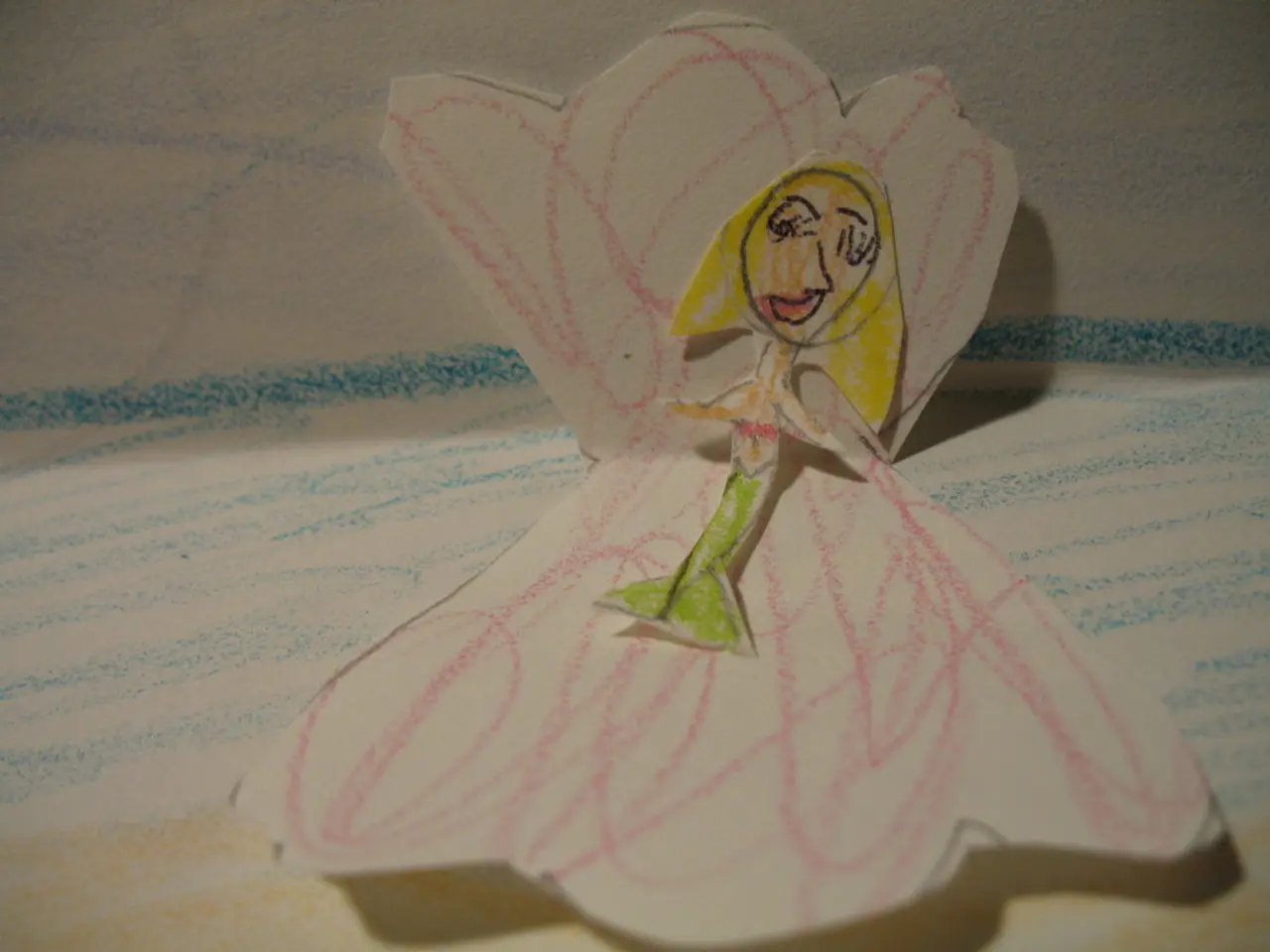Delving into the World of Printmaking Craftsmanship
In the realm of art, printmaking has undergone a remarkable transformation, from its ancient origins to the digital age. This evolution has not only democratized the practice but also expanded the boundaries of artistic expression.
One of the oldest printmaking techniques, woodcut printing, traces its roots to ancient Asia. This method involves carving an image in relief on a wooden block, applying ink to the raised surface, and pressing it onto paper or fabric. In Europe, by the 1300s, woodblock printing was primarily used for religious images and textiles, transitioning rapidly to paper prints around 1400, producing large editions of images and playing cards.
Etching, a form of intaglio printmaking, developed later and involves coating a metal plate with an acid-resistant ground, drawing an image through the ground, and then etching it with acid to create lines that hold ink. This technique allowed for finer detail and tonal variation than woodcuts, influencing the detailed graphic arts of the Renaissance and beyond.
Engraving, while related, involves incising an image directly into a metal plate with a burin. Both etching and engraving allowed for the reproduction of highly detailed images, contributing significantly to the spread of artistic and scientific knowledge.
Lithography, a major technical innovation, was invented in 1796. Instead of relief or intaglio processes, it uses the immiscibility of oil and water to print from a flat surface treated to accept ink only where the image is drawn. Its ability to reproduce tonal gradations helped artists achieve painterly effects. By the mid-19th century, offset lithography was developed for mass commercial printing but also found use in fine art by notable artists by the late 20th century.
Screen printing (or silkscreen printing) emerged in the 20th century as a method involving stencil techniques and a mesh screen to transfer ink onto various surfaces. It gained popularity among artists for its versatility and capacity for vibrant colors, with a formal art education dedicated to mastering the technique available by the 21st century.
The impact on art history is profound. Early woodcuts democratized access to religious and secular images, aiding visual literacy and communication before widespread literacy. Etching and engraving allowed for detailed reproductions of artworks and scientific illustrations, expanding the reach of Renaissance and later European art. Lithography enabled both mass production and experimentation, becoming a favored method for artists seeking to produce original prints with fine detail and subtle tones. Screen printing opened new possibilities for pop art and contemporary graphic expression, used by artists like Andy Warhol to question celebrity culture and consumerism.
This democratization has led to greater diversity in styles, themes, and techniques within contemporary printmaking. Contemporary printmakers have embraced digital technologies to expand the possibilities of traditional printmaking processes, leading to hybrid approaches that blur the boundaries between analogue and digital processes.
As digital technologies continue to advance, printmaking is poised to undergo further evolution, opening up new possibilities for artistic expression and creative exploration. The printing press, invented in the 15th century, revolutionised communication by enabling mass production of books, pamphlets, and other printed materials. Printmaking played a crucial role in the development of visual culture by making art more accessible to a wider audience, democratising the experience of art appreciation. The use of printmaking as a means of political propaganda has been instrumental in galvanising public sentiment and shaping historical events.
In conclusion, printmaking has evolved from purely commercial or religious image production into a diverse artistic medium that both preserved and expanded visual culture, impacting art accessibility, styles, and the distribution of images throughout history. As we look to the future, printmaking continues to hold a significant place in the world of art, offering endless opportunities for artistic expression and creative exploration.
In the realm of education-and-self-development, a formal art education dedicated to mastering screen printing became available in the 21st century. This reflects the ongoing evolution and expansion of the printmaking field, fostering creativity and innovation among contemporary artists.
The transition of printmaking from analogue to digital processes in the digital age not only opens up new possibilities for artistic expression but also raises questions about the role of technology in preserving and expanding visual culture, as well as the traditional methods of printmaking.




